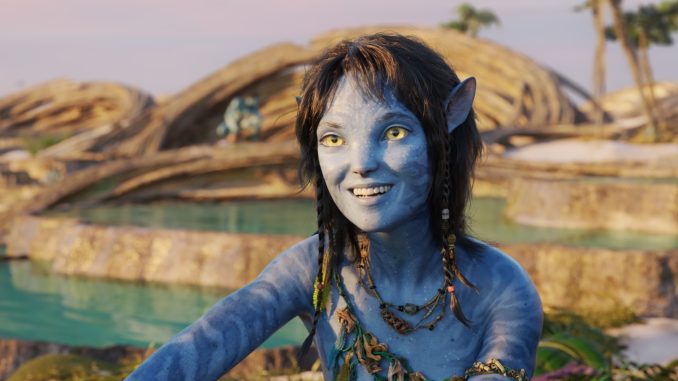
Director: James Cameron
Writer: James Cameron, Rick Jaffa, Amanda Silver, with story credits for Josh Friedman and Shane Salerno
Cast: Sam Worthington (Jake Sully), Zoe Saldaña (Neytiri), Sigourney Weaver (Kiri and Dr. Grace Augustine), Stephen Lang (Colonel Miles Quaritch), Kate Winslet (Ronal), Cliff Curtis (Tonowari), Jamie Flatters (Neteyam), Britain Dalton (Lo’ak), Trinity Jo-Li Bliss (Tuktirey “Tuk”), and Jack Champion (Miles “Spider” Socorro).
Running time: 192 minutes
Score: 3.5/5
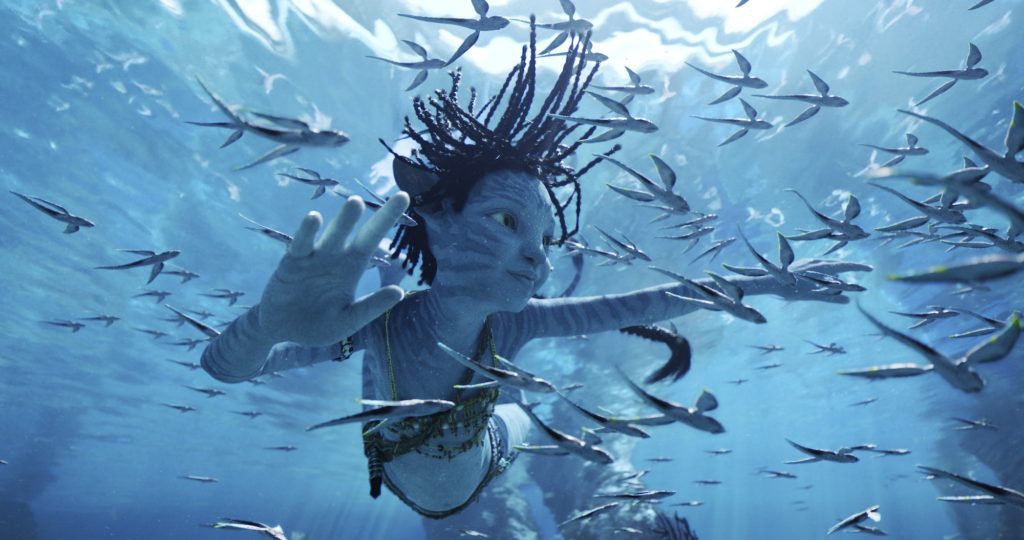
It used to be that every 3D film (when 3D films were all the rage) would throw at least one object at you, if only to make you flinch and emphasise the stereoscopic effect of such movies. Perhaps directors and producers thought it was immersive.

It was annoying.
Thankfully, Avatar: The Way of Water does away with that, choosing instead to use 3D wisely to immerse audiences, rather than forcing them to dodge non-existent projectiles in the name of good cinema. It’s a technological and cinematic marvel, despite its narrative flaws, and ultimately presents itself as the next leap forward in cinematography.
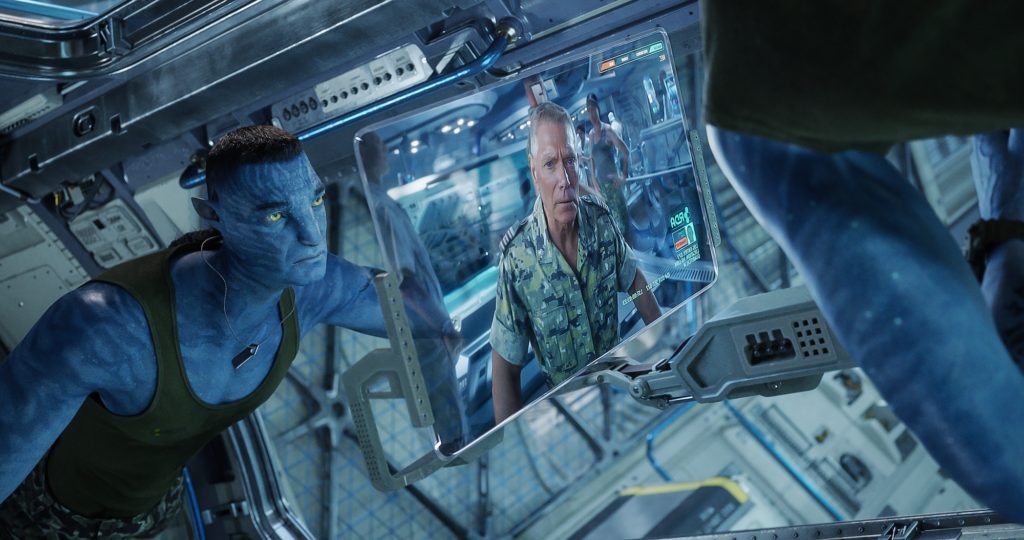
Avatar: The Way of Water is a science fiction film that is the sequel to 2009’s Avatar. The movie is set on the world of Pandora, home to the blue-skinned, giant feline aliens known as the Na’vi. Some humans have chosen to place their consciousness within the physical bodies of the Na’vi. But when the natural order of the world is threatened, the Na’vi and their human allies must rise to the challenge to defend it — all while facing enemies past and present.
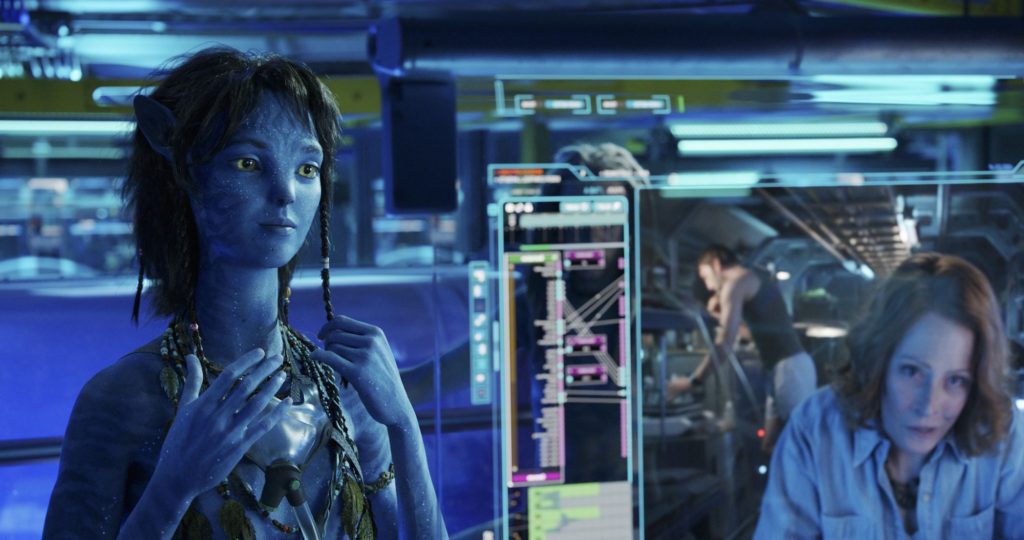
James Cameron’s penchant for enormous budgets shows itself in Avatar: The Way of Water, with its lush environments and stunning visuals. Although it’s unlikely that it’ll result in the same post-Avatar depression that affected some cinema-goers (they reportedly felt gloomy about real-life Earth after experiencing the fictional world of Pandora in Avatar), there’s no doubting the sheer grandiosity of the vision that resulted in the epic landscapes of the film. It’s a colourful extravaganza, replete with sparkling bioluminescence and every possible hue of blue in the film.

It would be a waste not to explore more of the exquisitely detailed world of Pandora, so that’s exactly what the film does in its first Act. It takes audiences to a different part of Pandora, the watery seascapes of the Metkayina reef people. While they’re not quite Na’vi merpeople, the Metkayina have evolved differently to better suit their aquatic environs, presenting a stark difference to the Na’vi we saw in Avatar. The first hour of the film feels much like a nature documentary, bringing viewers to a different part of Pandora.
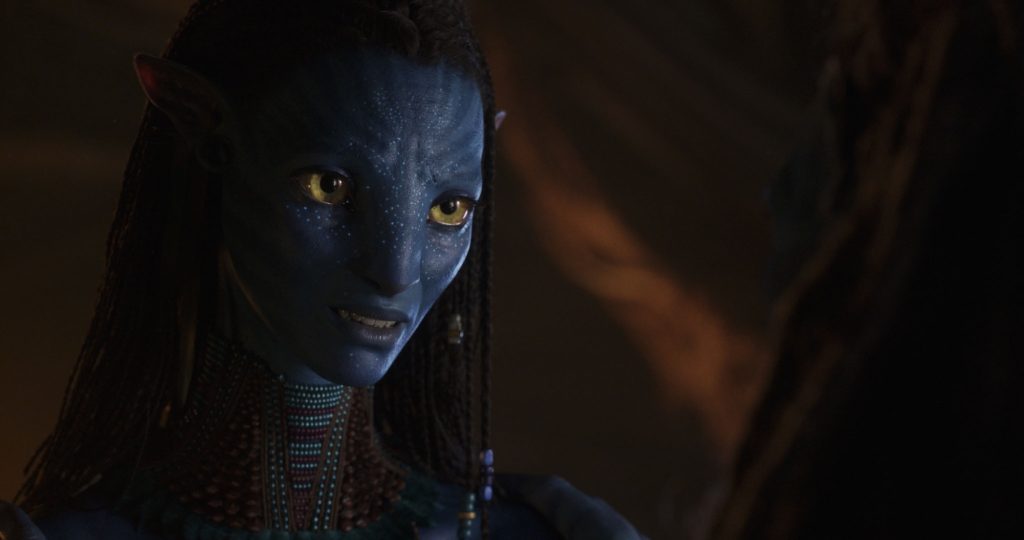
Nevertheless, the Metkayina are still rather patriarchal. Given the importance that nature plays in the film, and the strong links between the matriarchs and the consciousness of the planet, it’s odd that this sort of society seems prevalent. It does lead to some chuckles when femininity asserts itself, but the fact that we repeatedly see Na’vi damsels-in-distress (one of the female characters even openly laments at how she gets captured — twice!) does lead to some incongruence, despite them seemingly being more powerful.
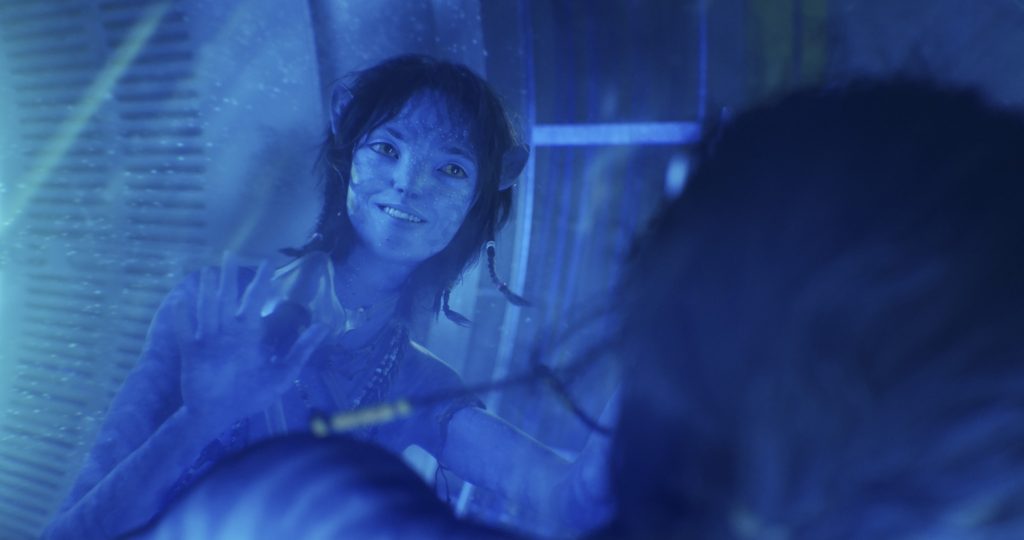
There’s also a surprising amount of species discrimination (the film features two species, the human and the Na’vi), that comes not just from the humans, but also the Na’vi. It eventually pays off with a significant plot point, but with all the other themes and messages in the film, it’s surprising to see both species harbouring similar sentiments.
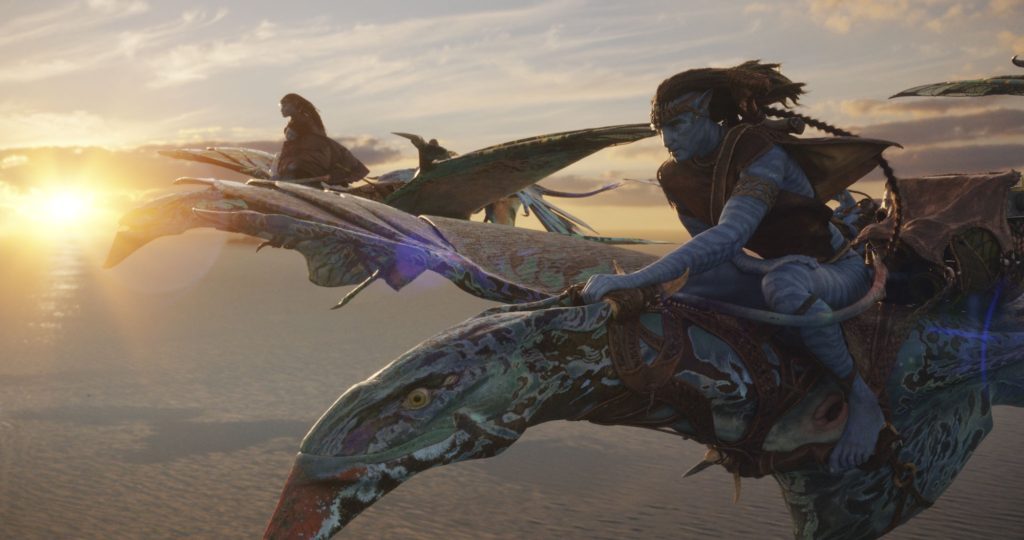
Perhaps that’s because there is a lot in the film — characters, plotlines, and themes — yet it has a three-hour-plus running time. That’s because the story only starts proper in the second hour. So despite what James Cameron says about audiences being able to go to the loo “anytime they want” because “can see the scene they missed when they come see it again”, you can just go any time within the first hour and it’s perfectly fine, story-wise. In all honestly, the first hour of the film could have been released as bonus teaser content, and the next two hours would still be worth your money and narratively coherent as a good movie.
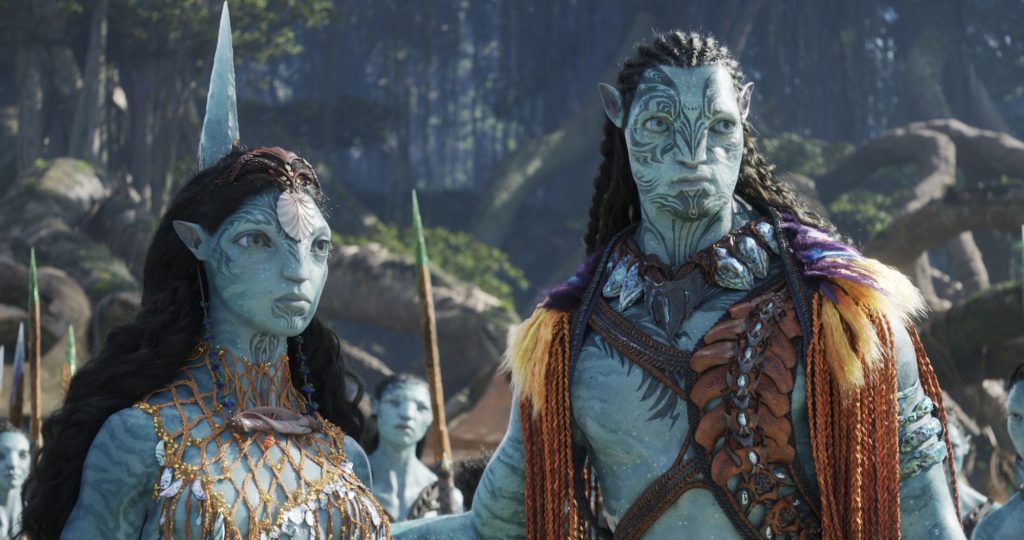
Avatar: The Way of Water is the next evolution of cinema, and paves the way for newer, more mature 3D films that lets audiences appreciate the stereoscopic nature of its visuals without having to resort to strange directorial decisions. While it may not have the most concise of plots, its exploratory nature forms much of its appeal. There are no post-credit scenes, so you’ll just have to stay tuned for the next instalment for the answers to burning questions raised in this movie.
Avatar: The Way of Water is out in cinemas now.
This article was written for and first published on Yahoo.
Leave a Reply